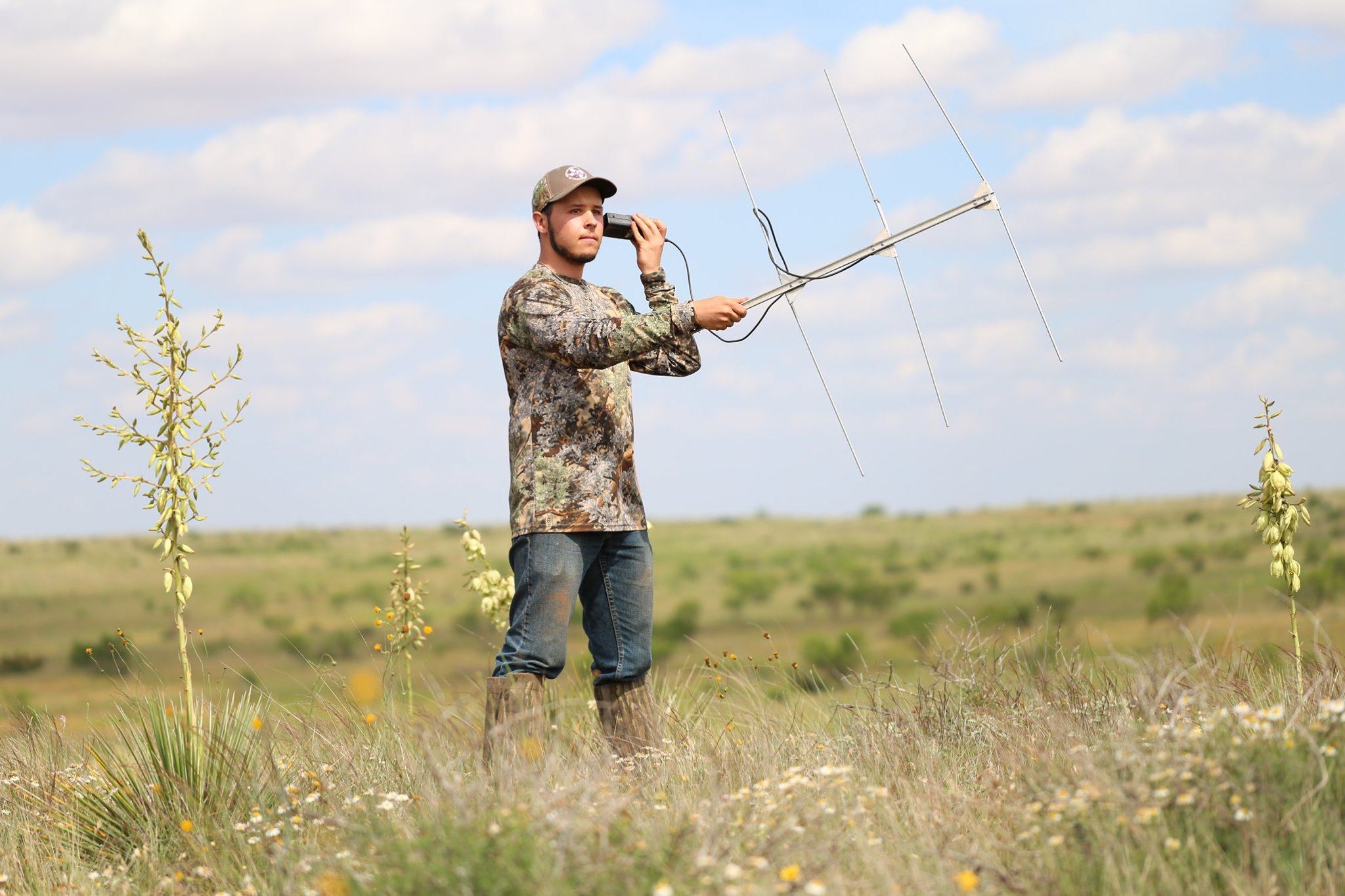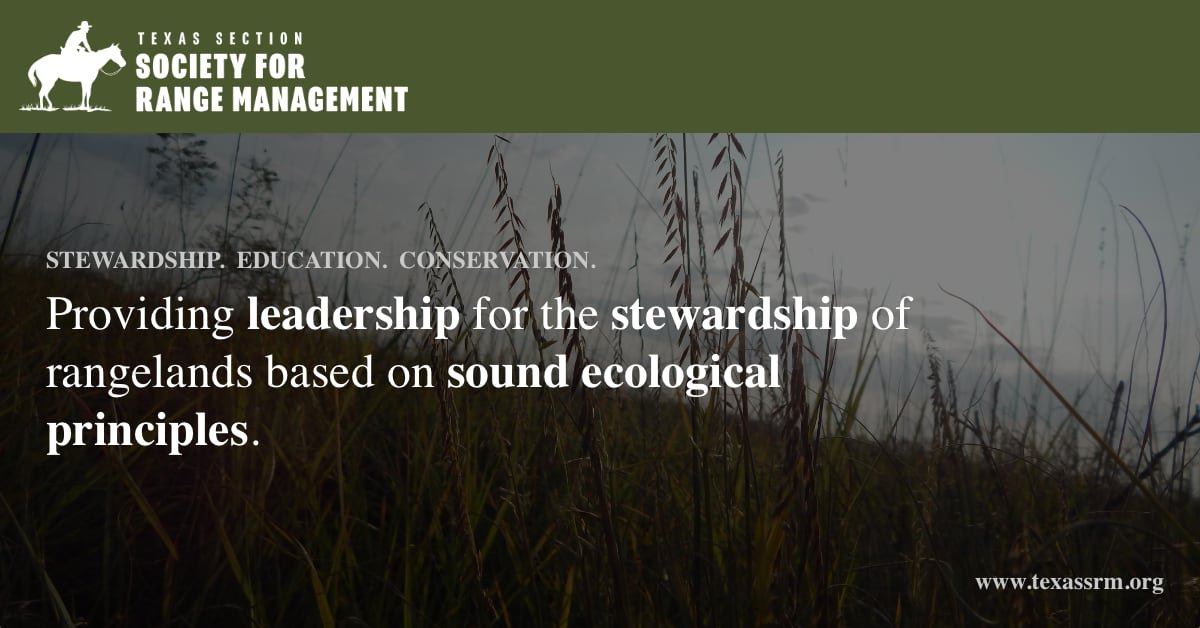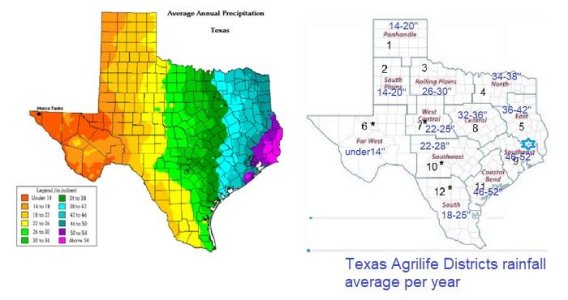It would not surprise me to see acreage limits on the tax exempt deal in the near future.
Some thing will have to give eventually. Just in my short lifetime I have seen land tracked up big time in our area. The fact is every one cant have 40 ac with 10 cows and a bull. It just doesnt work.
The days of well thats just bulls and give and take are gone. We have had to get real nasty with some neighbors about their animals running loose all over the place. Its turning in to a circus.
I do know that there is some pressure to have the State legislature do a bit of re-visit to 1D1 ag exemption, as land values have skyrocketed and there are more and more people(especially old folks) that are cashing out, taking the money and running. Those that sell out to developers means that land will never produce an ag product again. Ever and I can't stand to see it happen. May not be much of an issue out in the rangelands but anywhere within 100 mile radius of DFW, San Antonio, Houston, and even Corpus is seeing it happen more and more.
I have stated over and over at the CAD meetings that I am absolutely against awarding a 1d1 ag exemption to little hobby 'farmers' that throw up a fence on a few acres, put a few longhorns in the front pasture, some hay burnin pleasure horses out in the back and call themselves farmers or ranchers. That is not and never was the intent of 1d1. In the parlance of appraisals, that's called consumption(recreation) and not production.
I know of a place about 50 miles NW of me, around Tomball Tx, that a 400-500ac flat &cleared tract was developed last year. Back in the early 50s and before, decades ago, it was cotton and soybeans, then sold or willed to someone else and they ran cattle on it. In the 60s, that land was sold to some rich guy for $1500/ac and he turned it into a fancy Arabian Horse farm. I mean FANCY! Poured millions in to it. He sold stallions and brood mares all over the world. About 10 years ago, Houston built a tollway (outer loop) within a mile of Tomball and land values went thru the roof. In 2018, Arabian guy put the place up for sale and was asking $50,000/acre and got close to that. That's about what land was selling for all around that area as it just exploded in population from people out of Houston. $50K/ac generates a lot of property tax revenue even if he had an ag exemption. According to an interview he said he made a 4000% profit, but he didn't say exactly how much he had put in to the place. The developer that bought it, started building homes on it, selling on average $300,000 each. I know this because my youngest son bought one. 1/10 acre lots. You can't get 10 homes/acre because of setbacks and infrastructure but you can get 8. I'm quite sure they are already appraised pretty close to $300K too. The property tax revenue now has to be astounding.
.
Who are the winners and losers?
Horse guy made a big profit.. how much CG taxes took we don't know.
The homeowner has a nice house on a postage stamp plot but he's also got a 20 year mortgage.
8 homesites/ac at $300k each =$2.4 million valuation for an acre that 2 years ago was valued at $50k. Taxed accordingly.
The big winner is Harris County Tax accessor/collector.
The loser?
Agriculture. That acreage will never again produce a single boll of cotton, a single bushel of beans, a single head of cattle, or even a fancy horse.
Coming, to a farm and ranch near you and me....
My own county govt can't wait for it to happen here.





